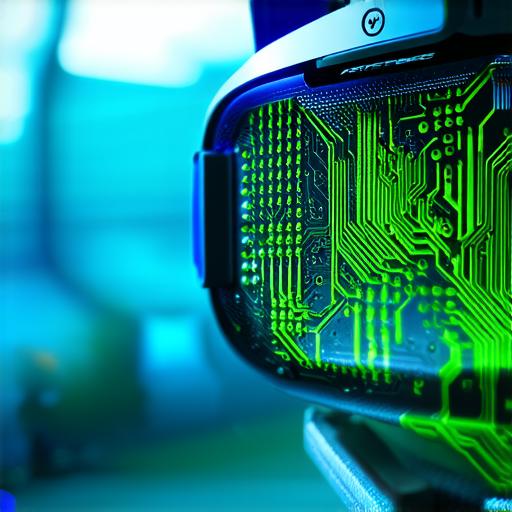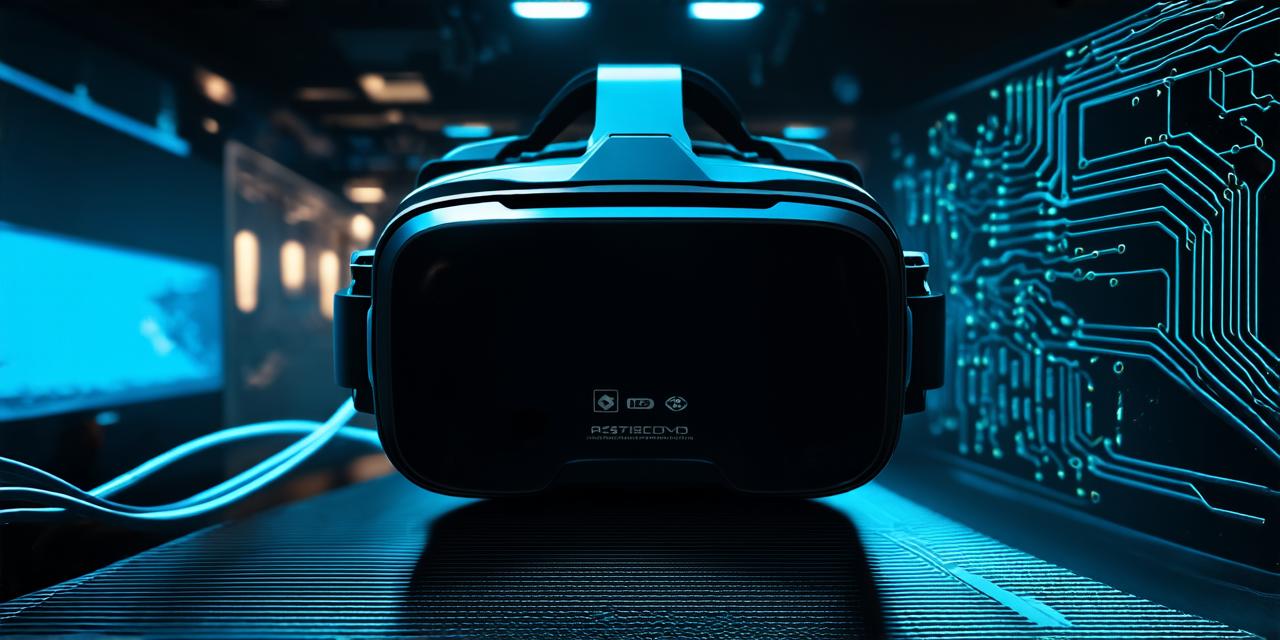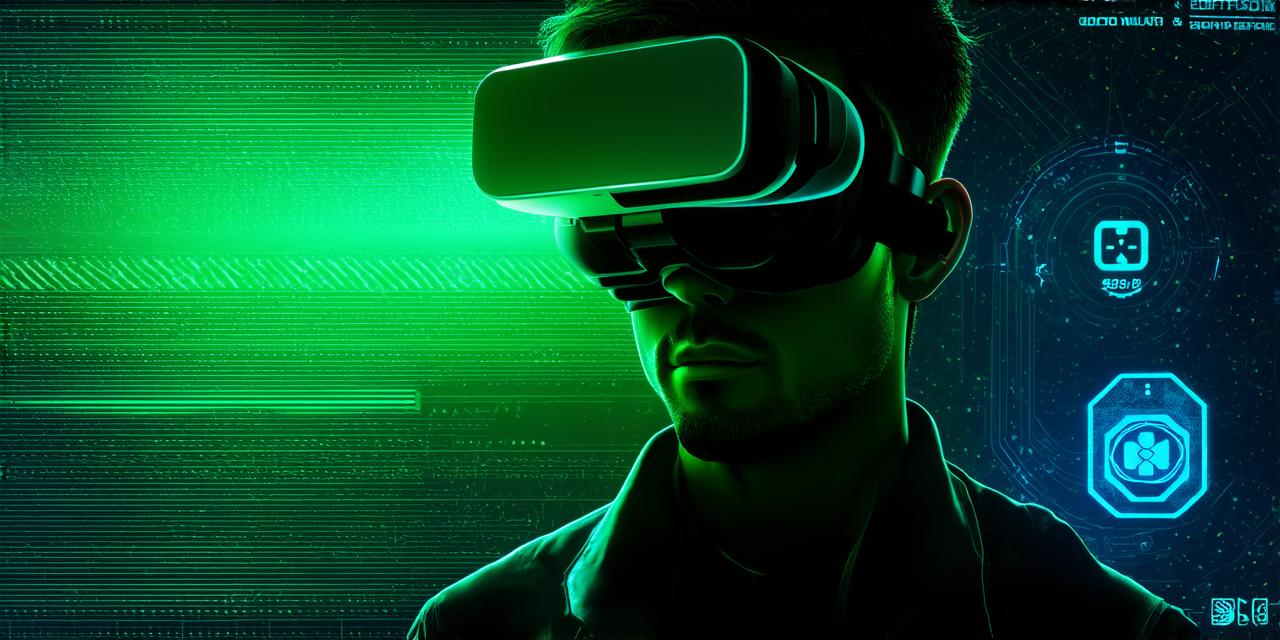Virtual reality (VR) technology is rapidly advancing and gaining popularity in various industries such as gaming, healthcare, education, and tourism. The potential applications of VR are endless, and many businesses are exploring ways to implement this technology to enhance customer experiences or streamline operations.
The Cost of Hardware
One of the main factors that contribute to the cost of VR is the hardware required to run it. VR systems typically consist of a headset, sensors, controllers, and a computer or console with sufficient processing power. The quality and specifications of these components can vary greatly, with high-end systems costing tens of thousands of dollars.
For example, the Oculus Quest 2 is a popular VR headset that retails for $399, while the HTC Vive Pro Eye costs around $1,400. The PlayStation VR system requires a PS5 console and separate accessories such as controllers and sensors, which can add up to several thousand dollars.
The Cost of Software
Another factor that affects the cost of VR is the software required to create and run applications. Developing VR content can be expensive, with costs ranging from tens of thousands to hundreds of thousands of dollars depending on the complexity of the project.

Moreover, licensing VR software can also be costly. For instance, some VR engines like Unity and Unreal Engine charge monthly or annual subscription fees for access to their software, which can quickly add up to a significant amount over time.
The Cost of Maintenance and Support
Maintaining and supporting VR systems is another factor that contributes to the overall cost. VR hardware requires regular updates and maintenance to ensure optimal performance, which can be time-consuming and expensive for businesses with limited resources.
Furthermore, as VR technology continues to evolve, businesses may need to invest in new equipment or software to keep up with industry trends and remain competitive. This ongoing investment in hardware and software can add up quickly and make it challenging for businesses to predict their long-term costs.
The Cost of Training and Adoption
Implementing VR technology also requires training employees on how to use the systems effectively, which can be a costly process. Employees need to learn how to use the hardware and software, as well as any specific applications or content that are being used in the business.
Moreover, adopting VR technology may require changes in organizational culture and processes, which can take time and resources. Businesses need to ensure that their employees are comfortable with the new technology and understand how it can benefit the company.
The Benefits of Virtual Reality
While the cost of VR technology may be a concern for some businesses, there are several benefits that make it worth considering. VR can enhance customer experiences, streamline operations, and improve employee productivity and engagement.
For example, in the healthcare industry, VR can be used to simulate surgical procedures and train doctors in a safe environment, reducing the risk of complications during real surgeries. In the education sector, VR can provide immersive learning experiences that help students visualize complex concepts and retain information more effectively.
Case Study: Cost-Benefit Analysis of VR Implementation in Retail
One business that has conducted a cost-benefit analysis of VR implementation is IKEA. IKEA used VR technology to create a virtual showroom that allowed customers to visualize furniture in their homes before making a purchase decision.




